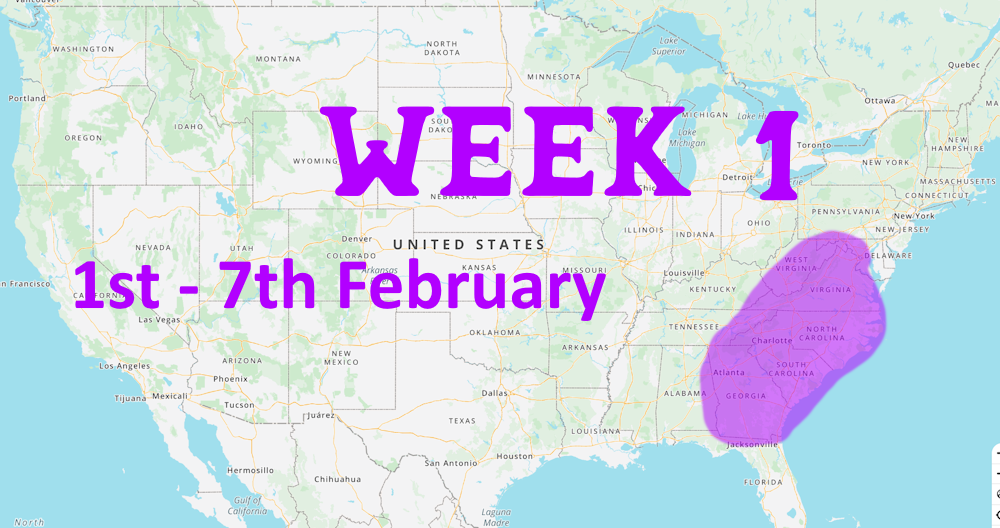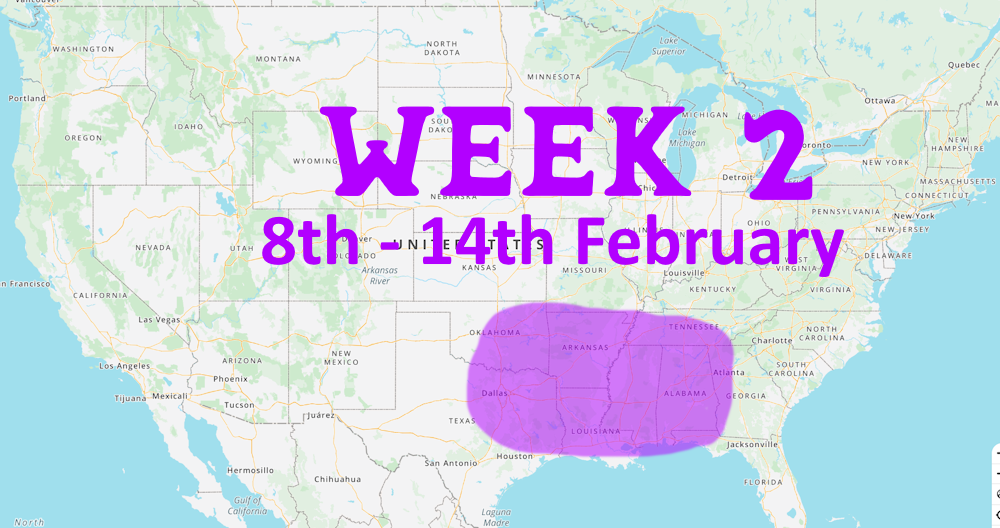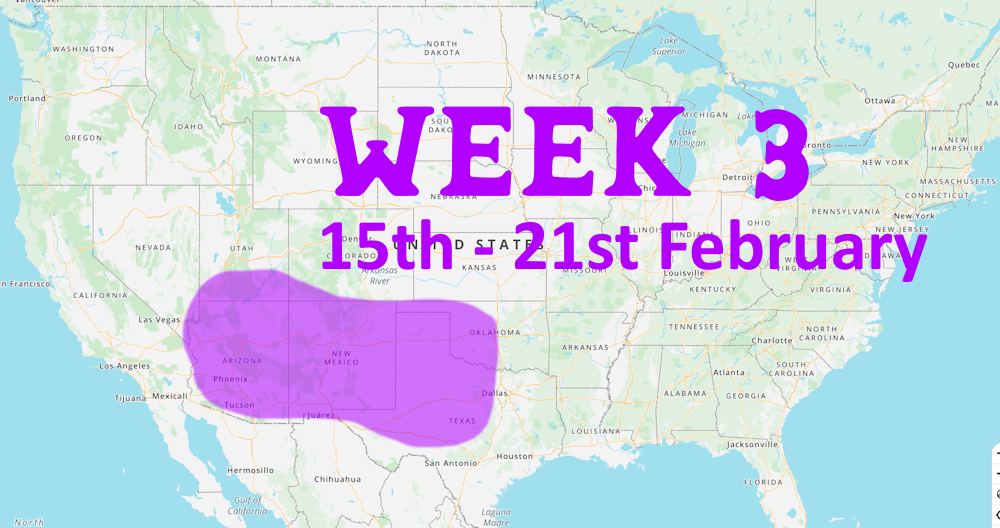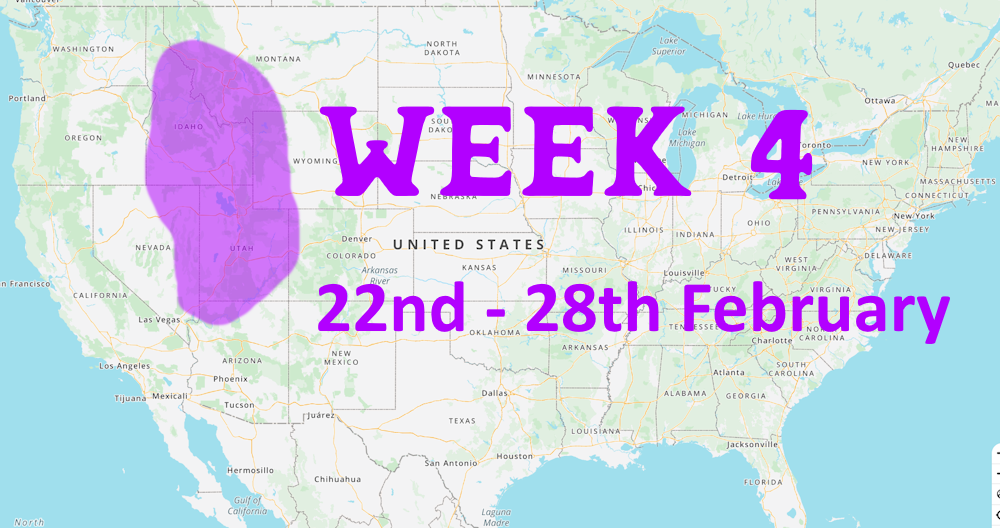


Riona Abhainn wrote:I'm glad you will get to do it again. Wondering if Paul will run bootcamp for the month you're away? I enjoy hearing you on the podcast episodes when you join Paul on them.


Amy Gardener wrote:One of the best decisions that I made last year was to invite Stephen out for a few days of work on my acre homestead.


Nancy Reading wrote:What a great way to spend your 'holidays'! I hope that you get to see how some of the projects you helped with last year turned out.

Bri Cierp wrote:I still don’t know if I’d want to eat them, though. They don’t get along well with my tummy.






John Hutter wrote:What if,
the interior of the structure is completely sealed off from the unpeeled framing (cob doesn't need bark to stay in place) and
there is no bark anywhere there is wood on wood contact in the frame - or the only contact points are the cut ends of logs.







Cécile Stelzer Johnson wrote:Did you use a special cultivar? I know OIKOS had some that they have selected for their ability to stay close to the mother plant.